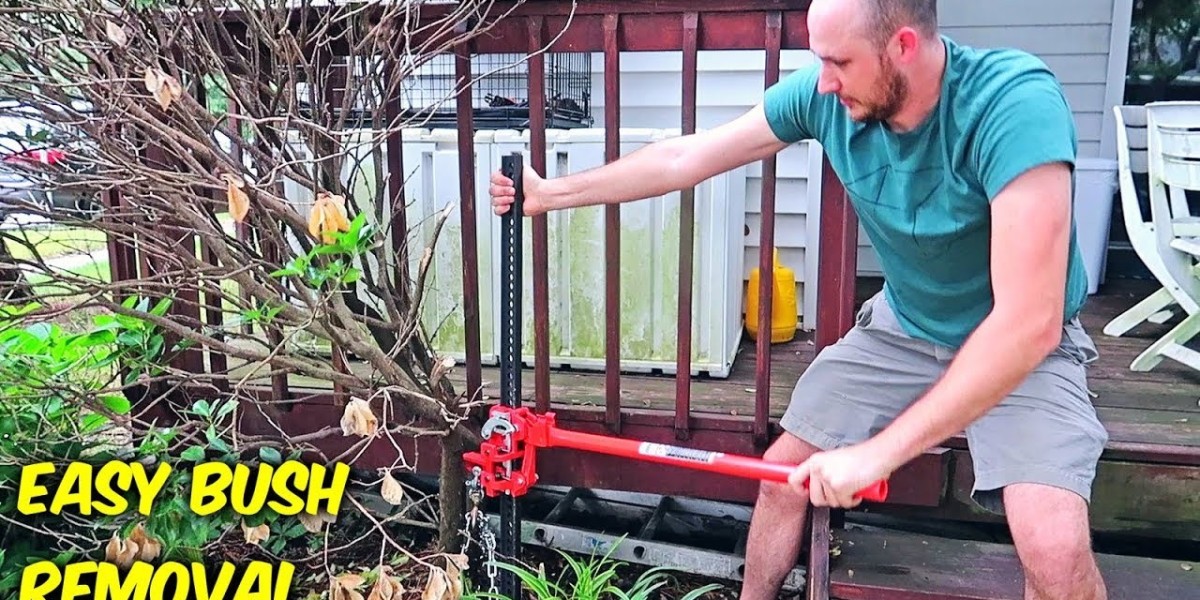When a tree is removed from your property, it leaves behind an ugly stump that is not only unsightly but also creates a tripping and splinter hazard. In addition, a stump that is left unattended will eventually decay and form a home for unwanted pests and fungus, which can negatively affect the health of surrounding vegetation and your lawn. The good news is that there are several ways to remove a stump, from digging it out to having it ground down by a professional.
Digging Out a Stumps
The most common way to remove a stump is by digging it out. This can be a labor-intensive process, and if you don’t have the proper tools, it could be very dangerous. The key is to dig down to the root ball of the stump, which can be very large and difficult to reach. A digging bar used for landscaping can be helpful in this task, as can a chainsaw.
This method requires a lot of elbow grease and patience, but it can be an effective solution if you are willing to spend the time and effort. You may also want to consider hiring a professional to do this for you, as it is generally quicker and less likely to result in injury.
Stumps that are dug out can be covered with mulch, dirt, and other grading materials to make the area look more appealing and prevent future growth of the stump or its roots. It is also possible to plant a new tree or flower bed in the space where the stump was once located.
Burning a stump is another option, but it can be a bit tricky since the roots may still be intact underneath. You will need to dig a hole around the stump to separate the roots from the soil, and you will also need to consult your local community rules about open burning of wood.
One of the most effective methods for removing a stump is to drill holes about half an inch to one-inch wide across the surface of the stump, extending to the depth of the root system. This method allows rainwater, insects, and other organisms to penetrate the stump and speed up its natural degrading process. It’s important to use a drill that is equipped with long bits, and to keep the drilling consistent.
Once the stump has been drilled, you can apply kerosene or fuel oil to the wood and let it soak in. Then, light it on fire and let the stump char completely. Once it is reduced to a pile of charred wood, it will be easy to chip away with an ax or shovel.
For a more environmentally-friendly solution, you can try to speed up nature’s rotting process by keeping the stump moist and adding nitrogen in the form of a high-nitrogen fertilizer or potassium nitrate stump removal granules. If you do this, be sure to wear proper safety equipment and take care not to spill the chemicals on anything else that is flammable.







